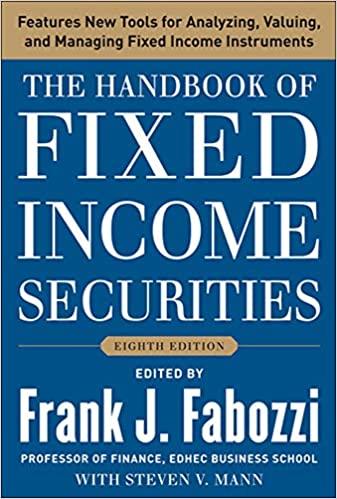
QUESTION 15 You own 1000 shares of MMM that you bought for $150. You also have written 10 call option contracts on MMM, at a premium of $1.6 and with a strike price of $160, maturing in 2 months. If at maturity of the option, the stock price is $168, what is your net profit on this position? QUESTION 16 In a perfectly efficient market, an active strategy mutual fund that charges a 1% fee has about a 47% chance of beating the index net of fee. In a universe of 5,000 funds, how many funds would you expect to beat the index all but once out of the past 8 years? In other words, the fund would fail to beat the benchmark in one of the 8 years. Enter answer accurate to two decimal places. QUESTION 17 Two years ago an investor invested $28 thousand into a fund with a 4% front-end load, a 1.8% annual expense ratio, and a NAV of $33.85 per share. The securities in the fund increased by 8 percent each year, and then the investor sold the fund. What was the investor's total holding period return? Enter answer in percents, accurate to two decimal places. QUESTION 15 You own 1000 shares of MMM that you bought for $150. You also have written 10 call option contracts on MMM, at a premium of $1.6 and with a strike price of $160, maturing in 2 months. If at maturity of the option, the stock price is $168, what is your net profit on this position? QUESTION 16 In a perfectly efficient market, an active strategy mutual fund that charges a 1% fee has about a 47% chance of beating the index net of fee. In a universe of 5,000 funds, how many funds would you expect to beat the index all but once out of the past 8 years? In other words, the fund would fail to beat the benchmark in one of the 8 years. Enter answer accurate to two decimal places. QUESTION 17 Two years ago an investor invested $28 thousand into a fund with a 4% front-end load, a 1.8% annual expense ratio, and a NAV of $33.85 per share. The securities in the fund increased by 8 percent each year, and then the investor sold the fund. What was the investor's total holding period return? Enter answer in percents, accurate to two decimal places







